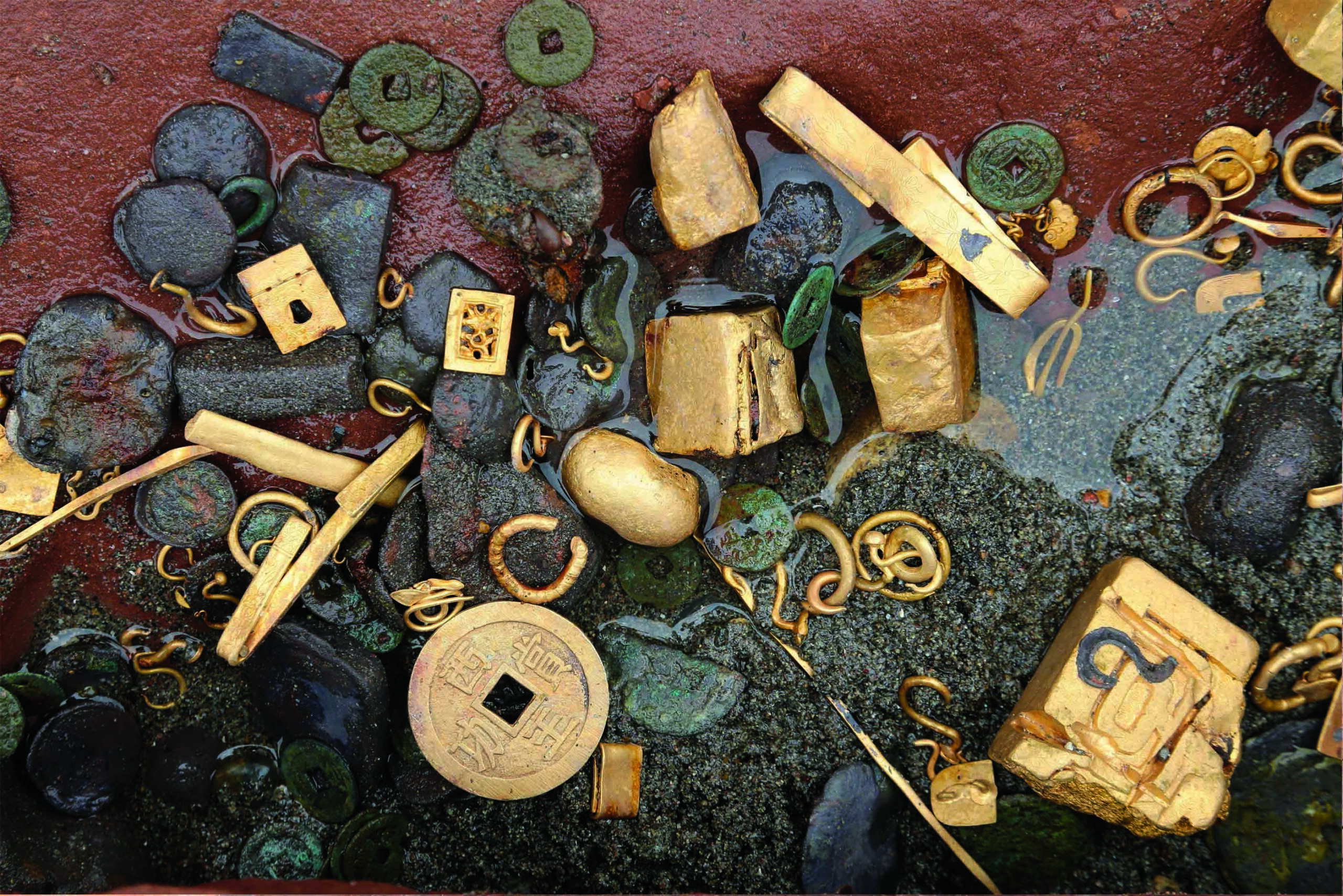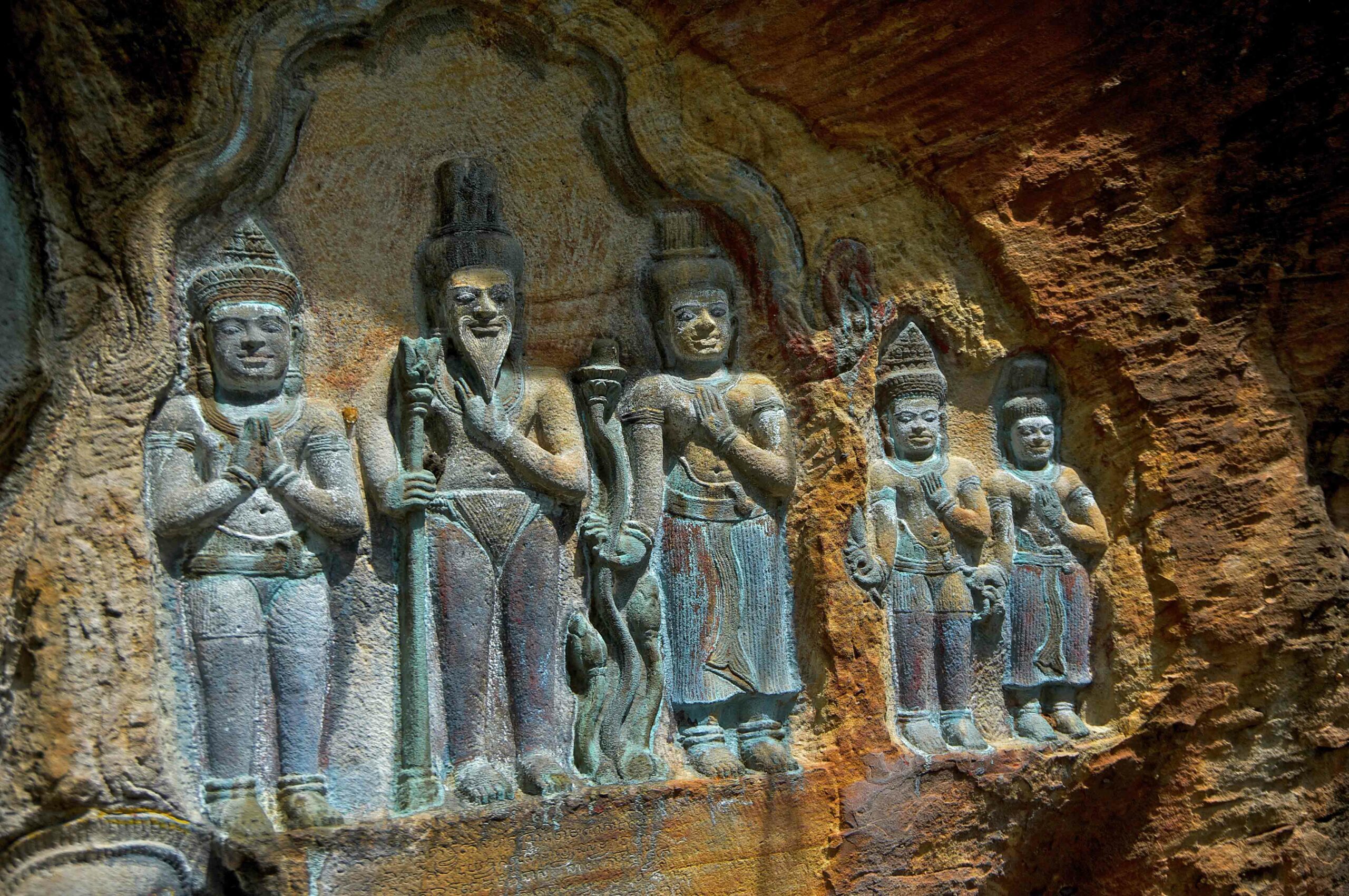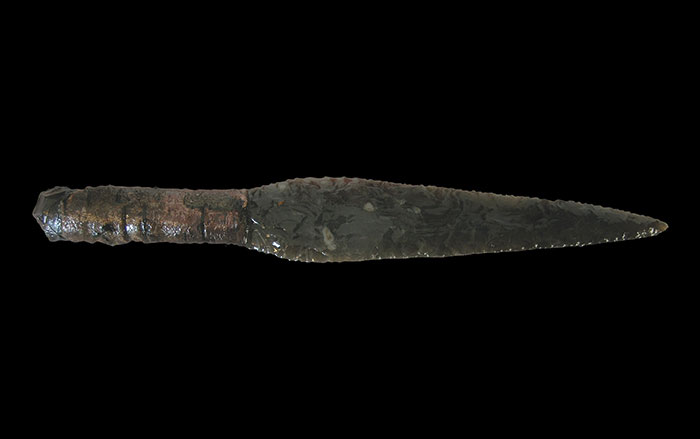
AMERSFOORT, NETHERLANDS—CT scans and endoscopy of a 1,000-year-old Buddha statue from China have revealed a mummified body thought to belong to the Buddhist master Liuquan of the Chinese Meditation School. The statue, housed at the Drents Museum in the Netherlands, was examined at the Meander Medical Center. Discovery News reports that the body’s organs had been removed from the abdominal cavity and replaced with an unidentified material and paper printed with Chinese characters. Researchers at the Drents Museum speculate that the statue may represent a rare case of "self-mummification," in which monks would follow a special diet that turned them into "living skeletons" and would then be placed into tombs only slightly larger than themselves where they would eventually die. To read about tattoos on a more ancient mummy from China, see "Tarim Basin Mummy."









